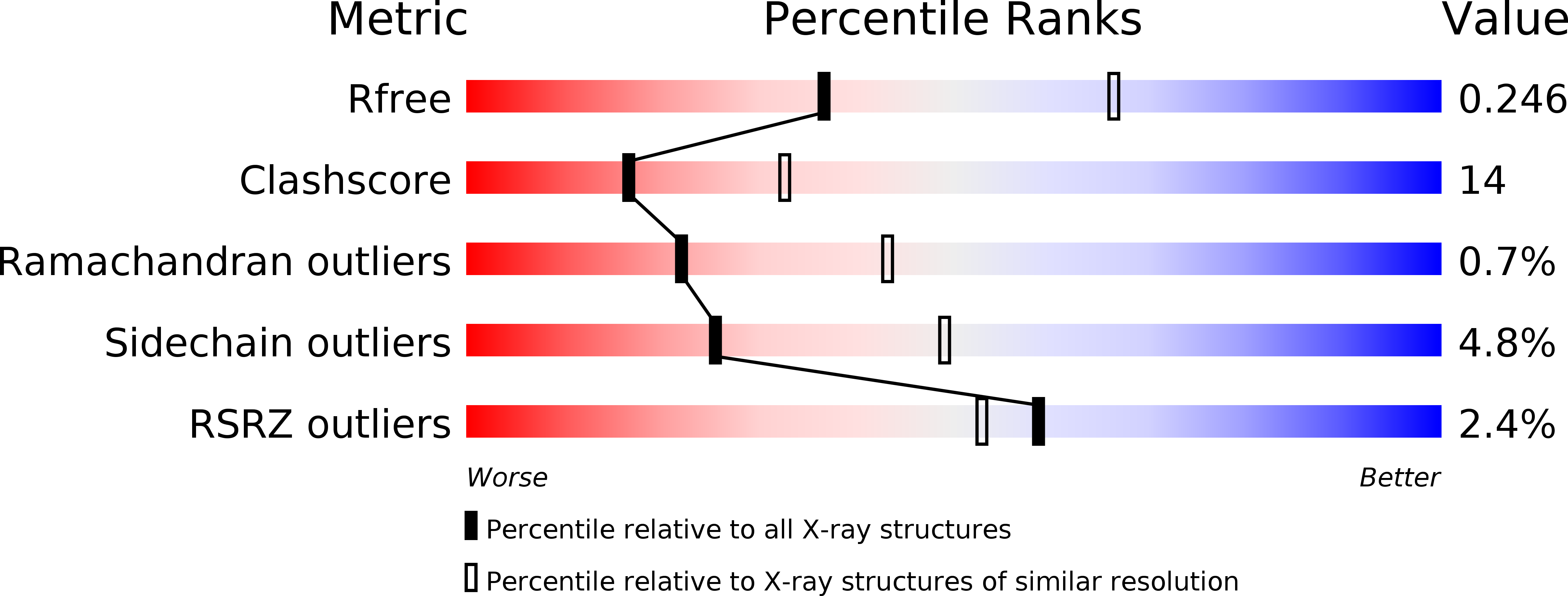
Deposition Date
2002-07-08
Release Date
2002-09-18
Last Version Date
2024-02-14
Entry Detail
PDB ID:
1M52
Keywords:
Title:
Crystal Structure of the c-Abl Kinase domain in complex with PD173955
Biological Source:
Source Organism:
Mus musculus (Taxon ID: 10090)
Host Organism:
Method Details:
Experimental Method:
Resolution:
2.60 Å
R-Value Free:
0.25
R-Value Work:
0.21
Space Group:
P 21 21 2


